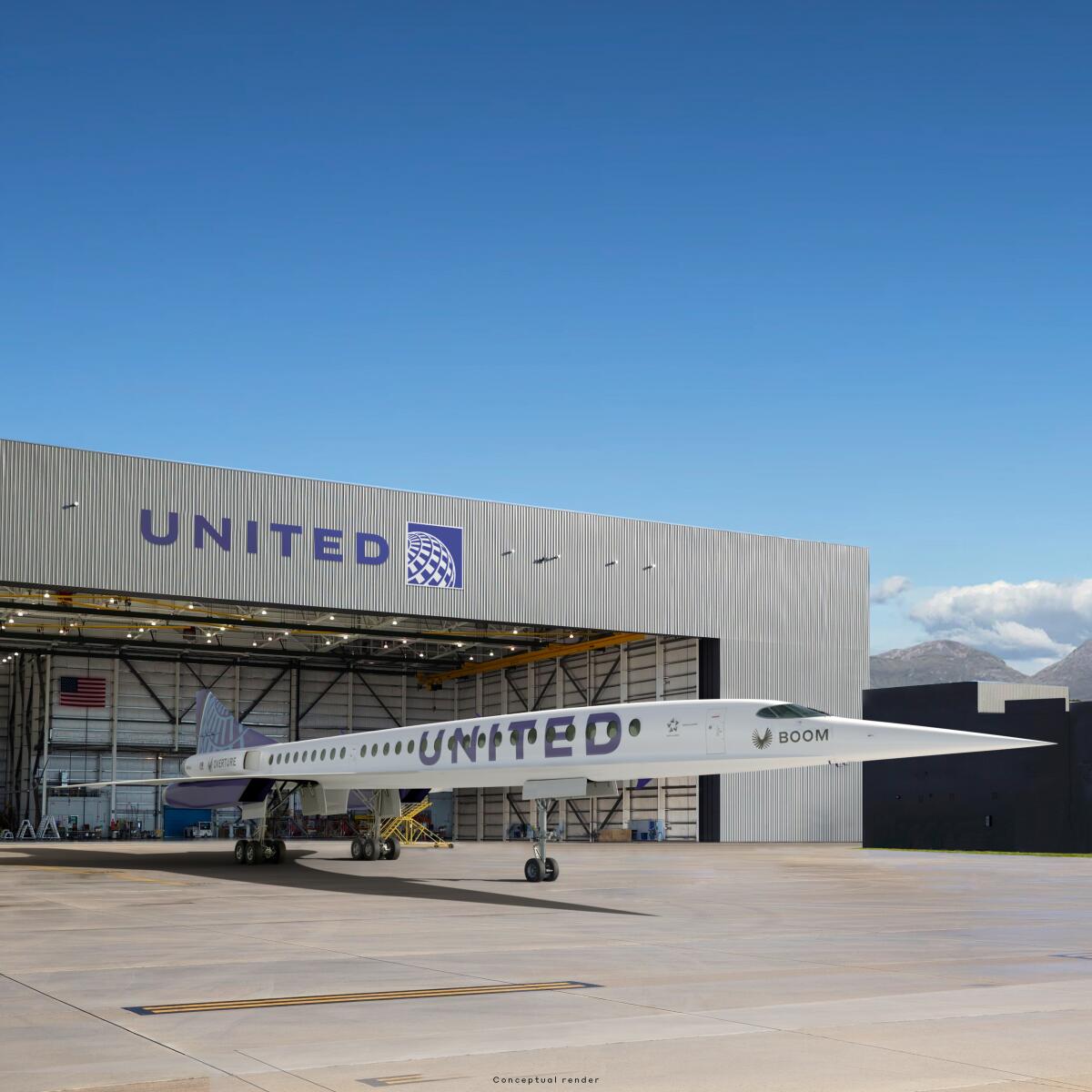
A supersonic jet built by Boom Technology broke the sound barrier for the first time on Tuesday, advancing its bid to resurrect high-speed passenger flights two decades after the Concorde’s demise.
Boom’s XB-1 demonstrator aircraft surpassed Mach 1 while flying at an altitude of 34,000 feet across the Mojave Desert in California. The aircraft hit supersonic speeds three times during the 33-minute flight, the Colorado-based company said.
“It felt like I was climbing up a roller coaster,” said chief test pilot Tristan “Geppetto” Brandenburg after the flight. “It was smooth, it was predictable and it felt great.”
While Boom had carried out 11 previous test flights on XB-1 since it first took to the skies in March, Tuesday’s flight was the first to reach supersonic speeds, starting around 768 miles per hour. The aircraft, first rolled out in 2020, is a smaller prototype of Boom’s supersonic Overture, which has drawn 130 orders from customers including United Airlines and American Airlines.
The Concorde, which started passenger flights in 1976, reached speeds of more than Mach 2, or twice the speed of sound. The model was withdrawn from service in 2003 following a crash that killed more than 100 people.
Overture aims to carry as many as 80 passengers at a speed of Mach 1.7. Rolls-Royce pulled out of plans to make jet engines for the program in 2022, saying the supersonic market wasn’t a priority.
Boom is developing its own engine for Overture, dubbed Symphony, with partners including Florida Turbine Technologies and StandardAero.
The XB-1 demonstrator uses three less-powerful engines made by General Electric.
Duffy writes for Bloomberg.